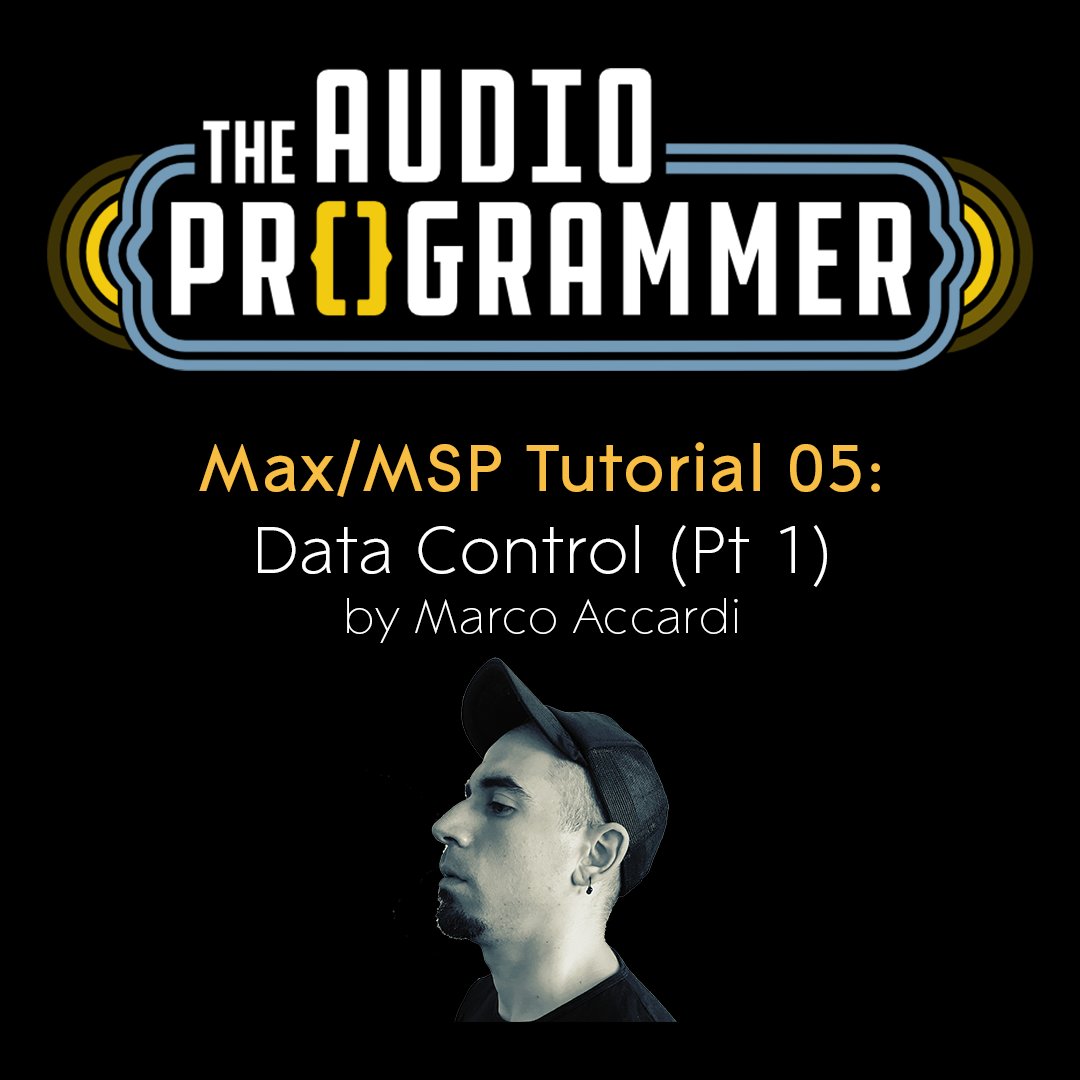
#Max msp tutorial Patch#
HELLO - Early versions of the patch behind the composition Hello.POLY - the poly~ object, which makes polyphonic synth building more easy and efficient.MouseState - Patches utilising the object MouseState.FILES - Example of the use of files - opening, finding, using, etc.CLICK - Patches working towards the composition Click.Each parameter change takes a target time as in the line object. Paf - Phase Aligned Formant Synthesizer - The paf~ object synthesizes a formant with a specified center frequency, bandwidth, and amplitude.ENV - a couple of ways of dealing with envelopes - it's not as straightforward as you might think!.BBCUT - collection (currently only one!) of ideas based on Nick Collins' SC external BBCut.JET - can't really remember what this was!.GATES - gates in general, but particularly noise-gates and modulating one sound with the envelope of another.MATRIX - nothing to do with Keanu Reeves.RECORDING - Recording to buffer and recording to file.PLAY - The play~ object allows you to manipulate the playback of soundfiles from a buffer in memory, as opposed to from disc (see sfplay~).Max/MSP Resources: Home Blog -wp Forum Examples Projects Tasks Tutorials MaxMSP Example Patches

Resources: Bioacoustics Jitter MaxMSP OSC Physical PD CBHH sTech SuperCollider C/Xcode
#Max msp tutorial software#
Navigating the maze and hitting walls should be expressed by music research software blogsĪru seminars m&t critski focm1a cmc circuit bending mic2b sensor technology comp 3 sonic art major project The sequence of 5 numbers should become a sequence of 5 sounds. Turn the two patches the you've made for the 2nd lab into patches that work with sound. It should stop playing back when you release the 'p' key. The patch should playback the file 'recording' when you press the 'p' key on the keyboard. key, sfrecord~, sel, adc~, toggle, message boxĮxtend the patch with a playback function. The recording should start when you press the 'r' key on the keyboard and stop when you release the 'r' key. It should be a real-time recording from the build in microphone. Make a patch that records an *.aiff file with the name 'recording' on the disk. Note that before each recording the sfrecord~ objects needs to receive an open message. Note that the trigger object is abbreviated to t. Also you can control wether the input sound is audible on the speakers or not.ĭon't forget to click on the two message boxes "preload." and "open hug." otherwise the cues don't get loaded into the sfplay~ objects. In the DSP Status window you can control which audio inputs and outputs to use. You can also open the DSP Status window from the Options category in the menu bar.


When you are in edit mode you have to press the command (apple) key while double clicking the objects. When the patch is locked you can open the DSP Status window by double clicking on the adc~ or the dac~ object (this doesn't work for the ezadc~ and ezdac~).

Look at the int help file to see the explanation. Note that the select object is abbreviated to sel, delay is abbreviated to del and int is abbreviated to i. The sine wave of cycle~ is replaced by a wave table. There are three sound generating objects: (don't forget to click on the read message) Look carefully at the following objects and their help files (option click):


 0 kommentar(er)
0 kommentar(er)
